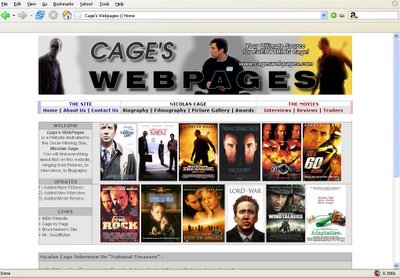A Bit about $ (Federal Notes).
Recently, I got around to examine the United States Dollars' Federal Notes (Paper Money). From the bunch I had (while included $1, $10, $20, $50, $100 Notes), I found the art behind $2 and $100 highly interesting. As it is, I have a particular interest in American History and happen to know a bit about it. The History related to the Art of the Federal Notes is wee interesting, and you might find this post informative.
A Hundred Dollar Bill ($100 = Rs. 5000) -
 The historical monument you see above is "The Independance Hall" (which is in Philadelphia). On close examination (with a high power lens), I found that the time stated in the IH Clock is "2:22 pm", which (after the introduction of Day Light Savings by Benjamin Franklin) is actually "3:22 pm". The Liberty Bell (whose steeple you can see above the clock) was rung to announce the first reading of the Declaration of Independance. The words "Pass and Stow" are inscribed on the Bell.
The historical monument you see above is "The Independance Hall" (which is in Philadelphia). On close examination (with a high power lens), I found that the time stated in the IH Clock is "2:22 pm", which (after the introduction of Day Light Savings by Benjamin Franklin) is actually "3:22 pm". The Liberty Bell (whose steeple you can see above the clock) was rung to announce the first reading of the Declaration of Independance. The words "Pass and Stow" are inscribed on the Bell.A Two Dollar Bill ($2 = Rs. 100) -
 The Art you see above depicts the signing of the Declaration of Independance. DoI was signed by 55 men (who are called "The Founding Fathers"), on July 4th 1776. DoI is presently stored (under high security) in the National Archives Building in Washington, DC. (While on the subject of the Historical Buildings in DC, I would also like to tell you about The Library of Congress, which is one of the biggest libraries in the World, and has over 20 Million Books).
The Art you see above depicts the signing of the Declaration of Independance. DoI was signed by 55 men (who are called "The Founding Fathers"), on July 4th 1776. DoI is presently stored (under high security) in the National Archives Building in Washington, DC. (While on the subject of the Historical Buildings in DC, I would also like to tell you about The Library of Congress, which is one of the biggest libraries in the World, and has over 20 Million Books).--
Also, on a completely unrelated note, I have designed the Home Page of my Nicolas Cage Website (Cage's Webpages). Though the chances of the website to be completed soon are no where in scope, I assure you it's completion will be the top thing in my To Do List after 23rd March (along with completing the article on Global Warming, which due to some technical and time management difficulties, won't be published before 23rd either).







